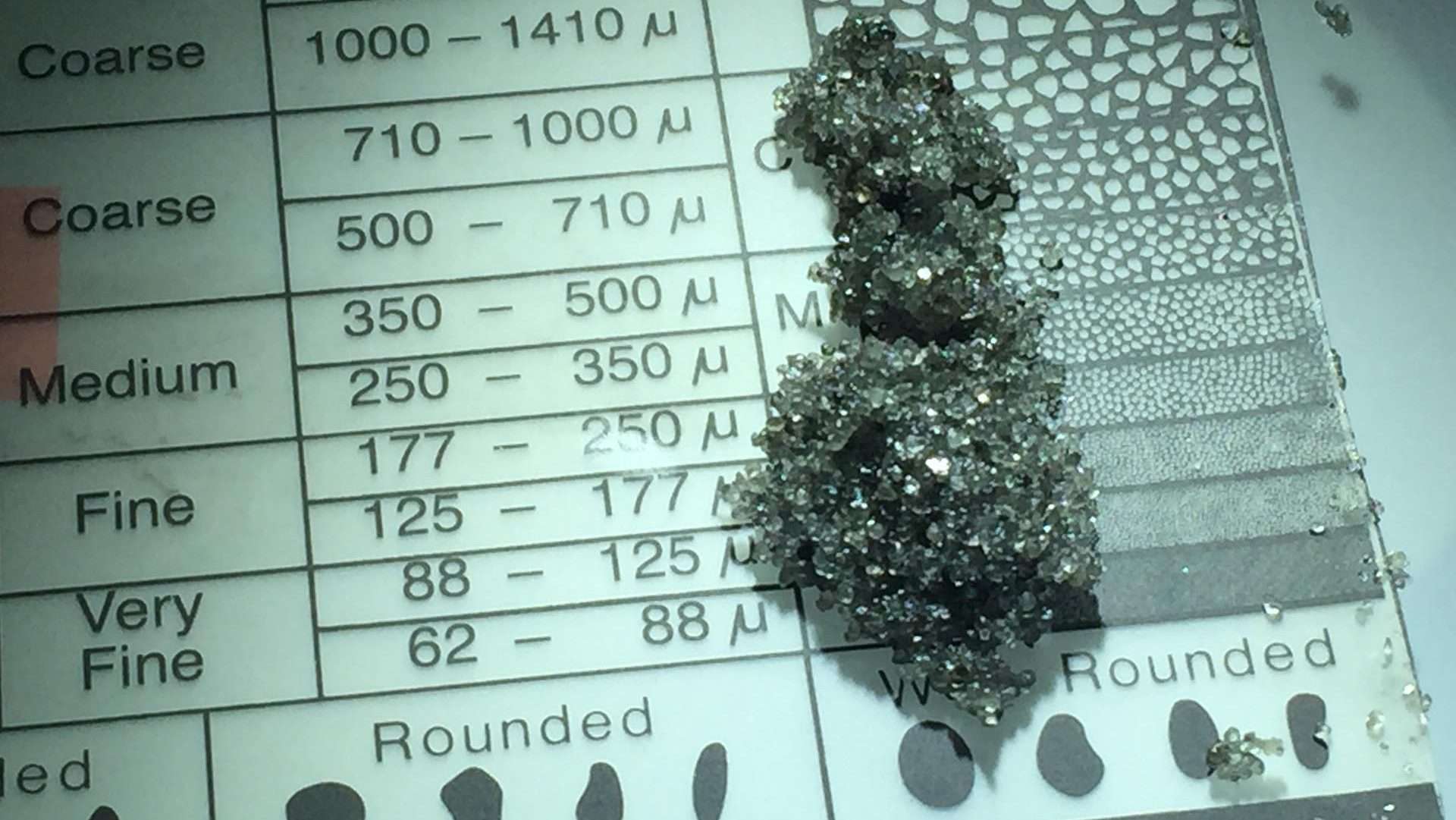Abstract
Computer Assisted Tomography (CAT) scanning of reservoir cores can be effectively used for the characterization of oil reservoirs. A used second generation medical x-ray scanner has been adopted for this purpose. The measured physical property is the linear attenuation coefficient of the core at a resolution of 0.75mm x 0.75mm x 1.0- 15.Omm. The output data is passed through to a workstation, where the normalized linear attenuation coefficients are transformed to porous media physical properties, such as bulk density, effective atomic number, grain density, porosity and fluid saturations. This information is extracted using a computer package that has been developed in our laboratories. A significant amount of calibration work is required for the creation of the necessary standards. The extracted physical property data can be averaged to provide a mean property value for a core thickness down to lmm. As a result, any of the aforementioned physical properties can be recorded as a function of core length. This process is equivalent to the measurement of a property as a function of reservoir depth when dealing with cores from vertical wells. This approach-provides measurements similar to the measurements of well logging techniques. This paper includes some background information on the way the CAT scanner works and the modelling work for the prediction of the reservoir rock physical properties. Case studies are presented and compared to the equivalent well logging predictions. The potential of complementing CAT scanner work to well logging is discussed.



